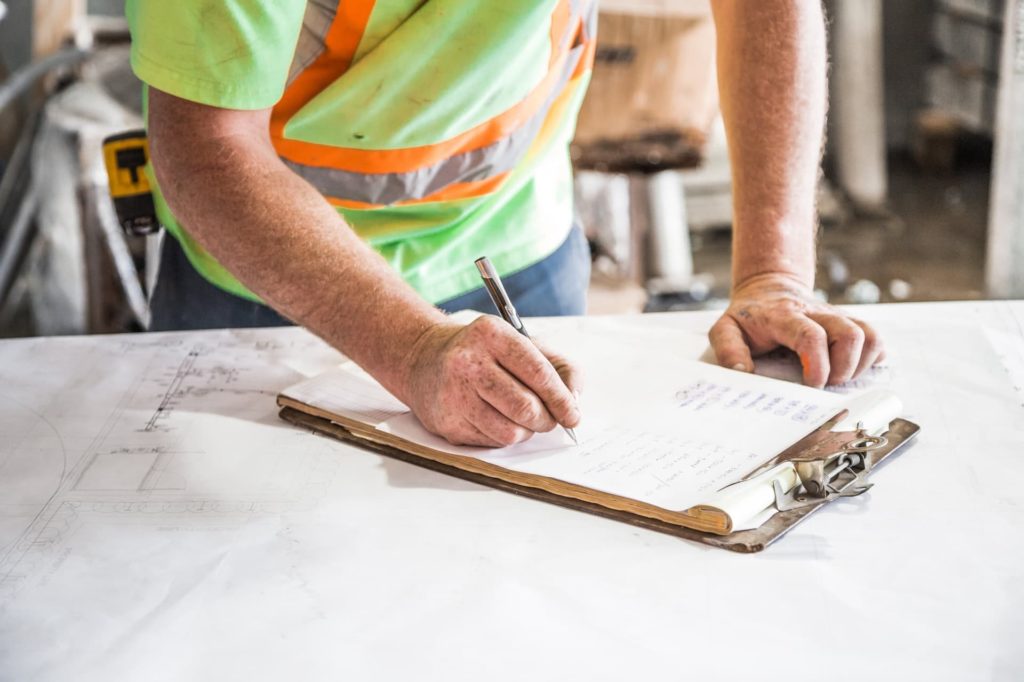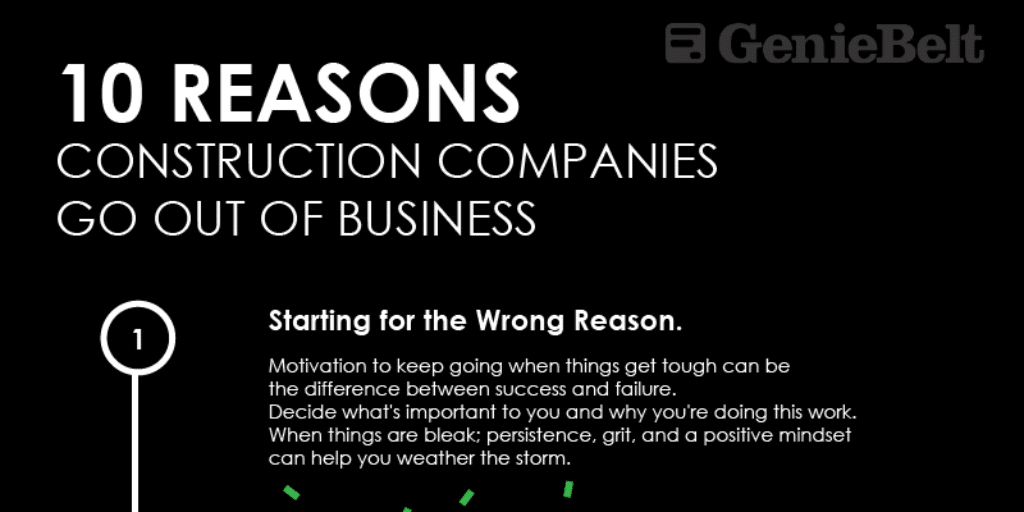Transmittals are used in the construction industry, especially when the job is a commercial project. These letters are a type of communication that is sent to everyone that is involved in the project. Those people are the owners, project managers, architects, engineers, inspectors, local government permit agencies, and anyone else who has an interest in the project and needs to be kept updated through its completion.
There are many reasons for construction companies to use these transmittals, but the main reasons are as follows:
- Transmittals allow everyone to keep track of the communications that are sent and received between everyone involved in the project. This ensures that nothing gets overlooked during what can be a complicated communication process.
- These transmittals also create a record of each of the communications that are sent and received, so that they can be referred back to later on if a question or issue arises. This is especially important in cases of liability and legal disputes.
There are three different types of transmittals that can be sent out to those involved with a project. They are submittals, requests for information, and strangely enough, transmittals.
Here is a basic breakdown of each one:
Submittals
A submittal is a document that always needs to accompany any other item that is being sent to others. These items include plans and sample materials but can basically be anything that pertains to the current project. Each submittal must be responded to, which means that it is necessary for these to be tracked to see when it was sent, when it was received, and whether or not a response has been received.
Requests for Information
Requests for Information are commonly referred to as RFIs in the construction industry and they are basically documents that are sent out to ask specific questions. These always require a response from the recipients as well, so it is necessary to track them carefully too. Those that have not been responded to should be followed up on immediately, either with an additional RFI or a phone call to the person who has the answer to the question.
Transmittals
A simple transmittal never accompanies other items when they are sent out, which means that they normally do not require a response. This also means that no one needs to track when these transmittals went out or were received, nor do they need to continuously check to see if a response was returned. Of course, that doesn’t mean that these are not as important as the other two types of transmittals and that they can be discarded, because they still may be necessary if issues arise in the future.
Oftentimes, transmittals in construction are sent out when documents, drawings, blueprints, materials, and many other things have changed. When the information is sent out via a transmittal, everyone involved in the project will know that those changes have occurred.
When a construction company writes their transmittal letter, they can create their own or use one of the templates that are available online. While it doesn’t matter which option a company chooses, they should make sure that certain information is included in the one that they decide to utilize. That information should include the all the information about their company, who the transmittal is being sent to, the job information, what is being sent if there are attachments, any comments that are needed, and why the transmittal is being sent.
The more specific the transmittal is, the faster it can be responded to and taken care of.
Many construction companies are choosing to automate their transmittal forms, as there are multiple programs that will help them keep track of all the ones that they send out. Many of these programs will generate either a transmittal, submittal, or RFI based on the contact information that is included within the database. Once those items have been generated, they can either be printed out or emailed to the recipient.
The program will then track all the responses that have been received for each submittal and RFI and let the person know if there are any outstanding ones that have not received responses. This can save construction companies a lot of time, and even money, because they will not need to keep stacks of transmittals piled up and filed. And, they will not need to look at each one to see which one they still have not received a response for.
Since a transmittal that is not responded to can create issues with any project, this needs to be avoided at all costs. Therefore, any construction company that has not embraced this newest technological feature may want to reconsider. After all, the cost of the program can often be offset by the profits that are made on a transmittal not getting lost in the sea of other papers!




